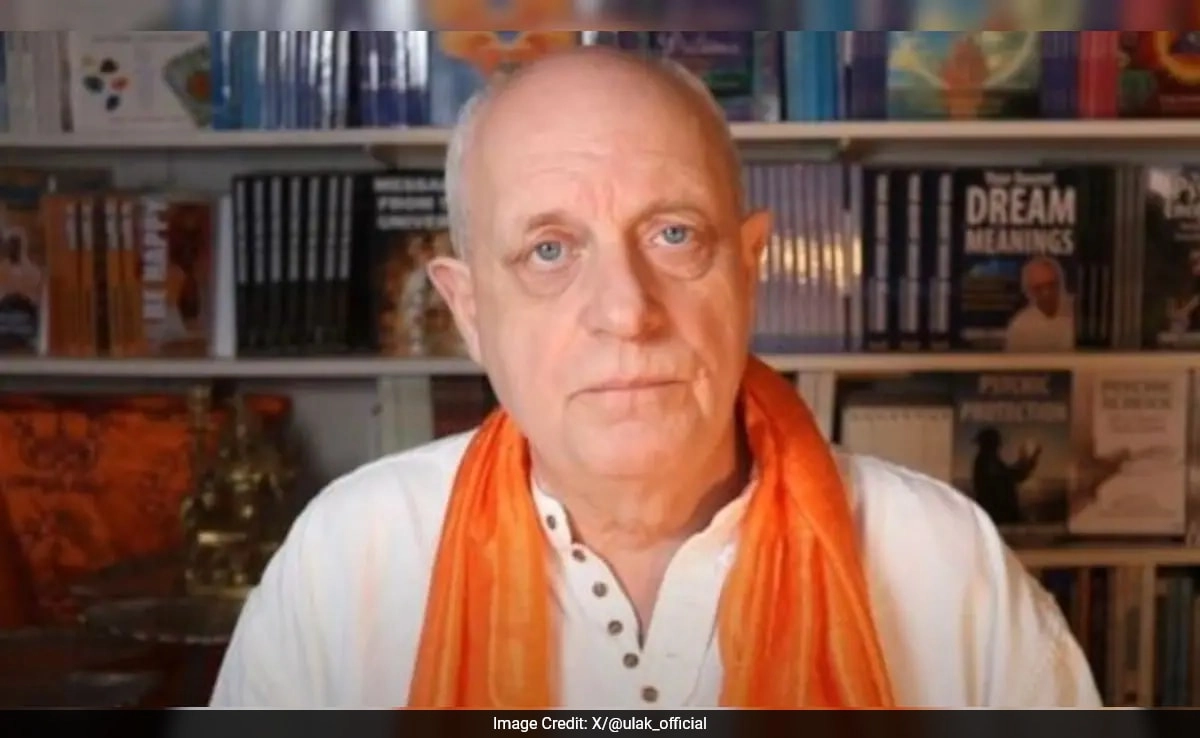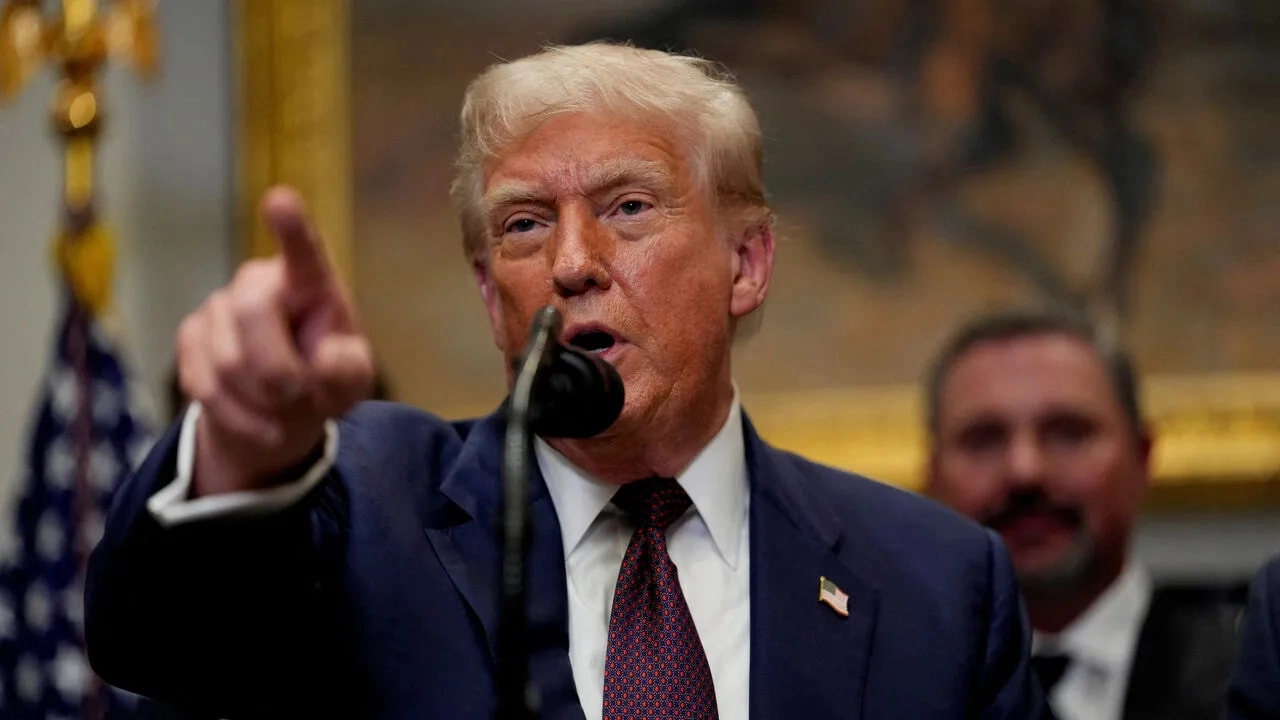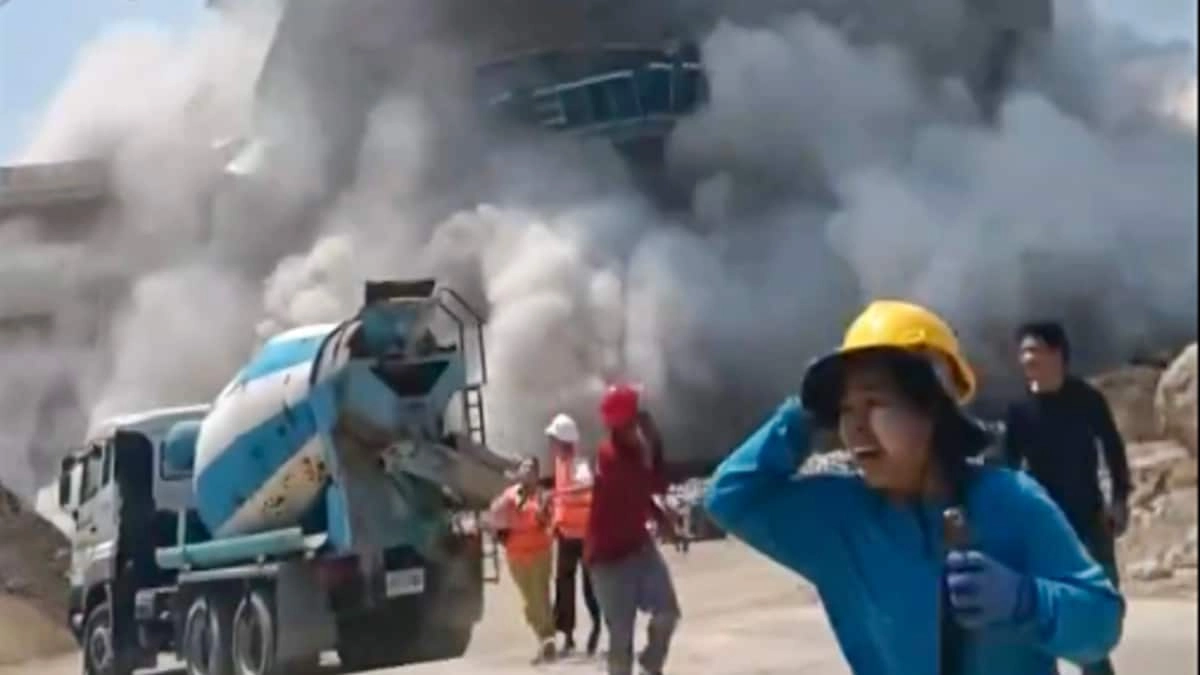In recent discussions surrounding OpenAI, a notable request from CEO Sam Altman has caught the attention of many: “Please call ASAP.” This urgent plea underscores the growing challenges faced by the organization, particularly in light of the overwhelming popularity of Ghibli-inspired trends that have surged across various digital platforms. As the fascination with Studio Ghibli’s unique storytelling and animation style permeates social media, OpenAI has found itself at a crossroads, navigating the balance between innovative technology and cultural phenomena.
The Ghibli trend, characterized by its enchanting visuals and heartfelt narratives, has sparked a wave of creative content generation, leading to an increased demand for advanced AI tools capable of capturing such artistry. OpenAI, known for its cutting-edge language models and AI capabilities, is witnessing an unprecedented influx of user requests and inquiries related to this trend. As more individuals and creators seek to harness AI for Ghibli-inspired projects, the strain on OpenAI’s resources has become apparent. This situation has prompted Altman to reach out for immediate discussions, signaling a need for strategic planning to manage the evolving landscape effectively.
In light of these developments, OpenAI must consider not only the technical implications of handling increased demand but also the cultural context of the Ghibli phenomenon. The intersection of AI and art raises important questions about creativity, ownership, and the role of technology in artistic expression. As Altman emphasizes the urgency of addressing these challenges, it becomes clear that OpenAI is at a pivotal moment, where the integration of AI into the arts must be approached thoughtfully and responsibly. The call for immediate action reflects a broader recognition of the need to engage with emerging trends while ensuring that the integrity of both technology and artistic expression is preserved.
As the Ghibli trend continues to evolve, the implications for OpenAI and the broader AI landscape are significant. The organization must not only respond to the current surge in interest but also anticipate future developments in the creative sector. This situation presents an opportunity for OpenAI to establish itself as a leader in the intersection of technology and the arts, fostering collaborations that celebrate creativity while leveraging the power of AI. Altman’s request for urgent communication highlights the necessity for OpenAI to remain agile and responsive in a rapidly changing environment, ensuring that it can meet the needs of creators and enthusiasts alike.




